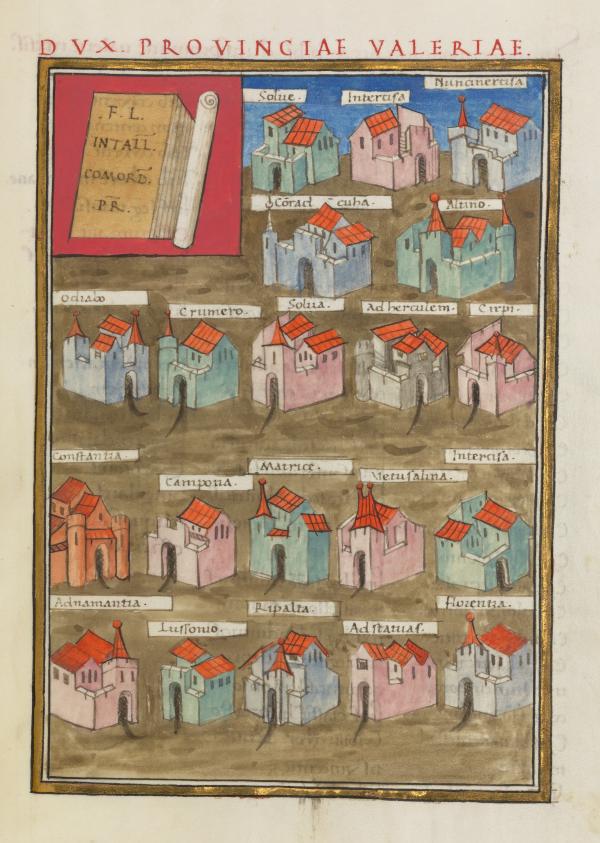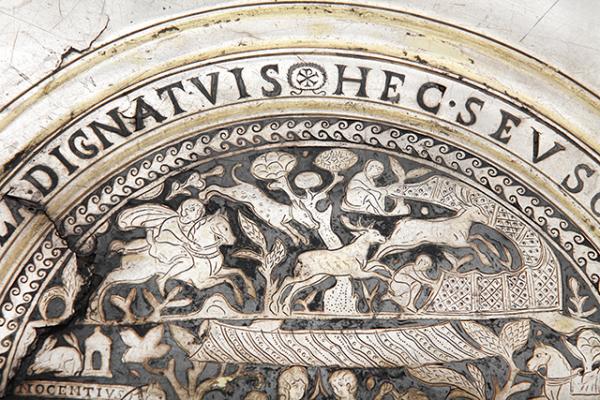Historical and social context
Sub-project 5 aims at researching the history of the late Roman Imperial Age, as well as its social and economic history. Emphasis is laid on the periods when the objects of the Seuso treasure were made and hidden, as well as on the analysis of historical events and social phenomena, primarily in Pannonia, but also in the neighbouring provinces of the Roman Empire. Research has begun with the thorough analysis and elaboration of Pannonia’s history in the 4th and 5th centuries. The presumed and most probable time when the treasure was hidden is the turn of the 4th and 5th centuries, or the first three decades of the 5th century. Therefore, this period has to be thoroughly examined from the aspect of how long conditions were suitable for the elite in Pannonia and how long they ensured an undisturbed life for them. Researching the written sources about the era at our disposal cannot stop at the borders of Pannonia – data referring to the neighbouring provinces and the empire as a whole must be included in the research. The main task is to evaluate the theories concerning the life and the surrender of the provinces, and the comprehensive analysis of the changes in the army and border defence, the economic and social movements, the spread of Christianity, the issues connected to settling and moving into the area, outside attacks against Pannonia and Barbarians passing through its territory, as well as the exodus of the civilian population.


Our socio-historical research is aimed at the settlement history of 4th- and 5th-century Pannonia, as well as exploring and evaluating the economic and socio-historical relations of the villa economies. The research is based on the results achieved so far, as well as analytical results of primarily non-destructive field examinations. Our investigations, taking into account other provinces of the Roman Empire, facilitate the study of the era’s social and economic relations. Seuso presumably received a part of the silver dining set as a gift; thus research extends to the ranks 4th-century patricians held in offices, as well as collecting the known data about members and groups of the provincial and imperial elite (their prosopography). The fact that, according to the inscription on the Hunting Platter, Seuso, could have been a Christian requires the study of Christianity in Pannonia, the Balkan region and the Empire as well.
Head of the sub-project: Zsolt Visy, archaeologist, Professor Emeritus of the University of Pécs


